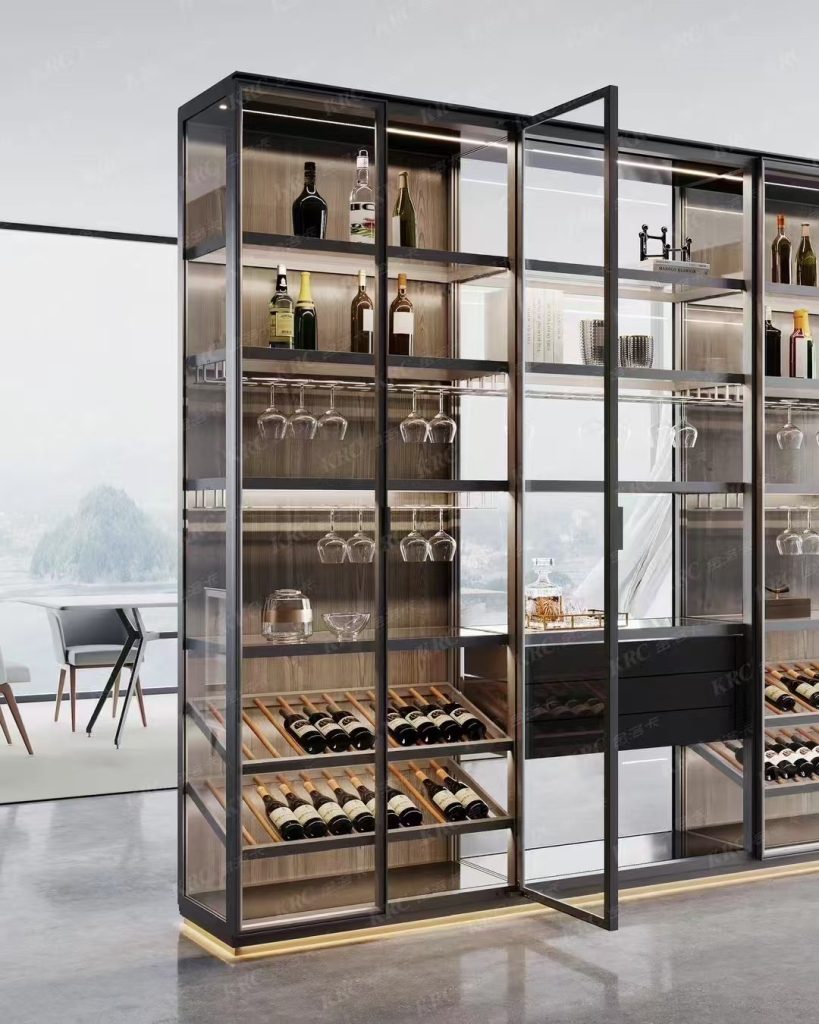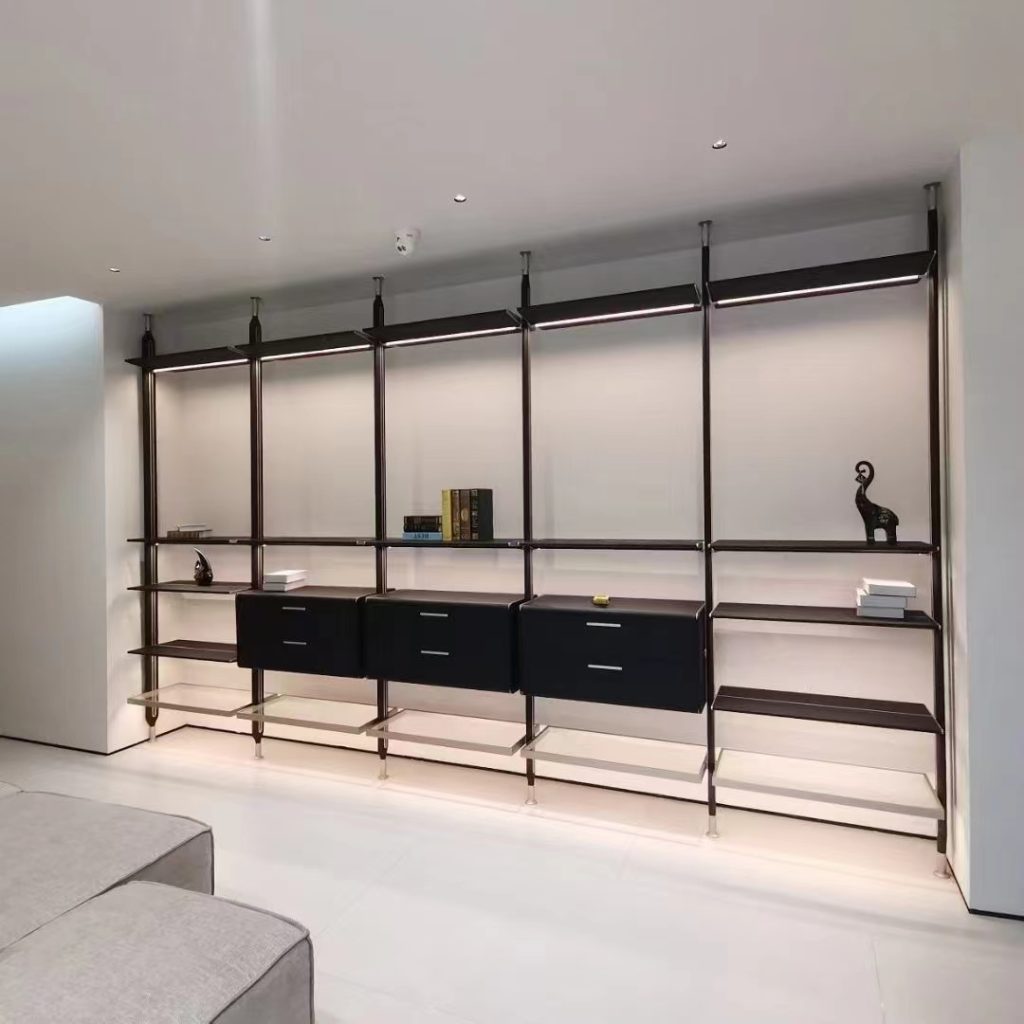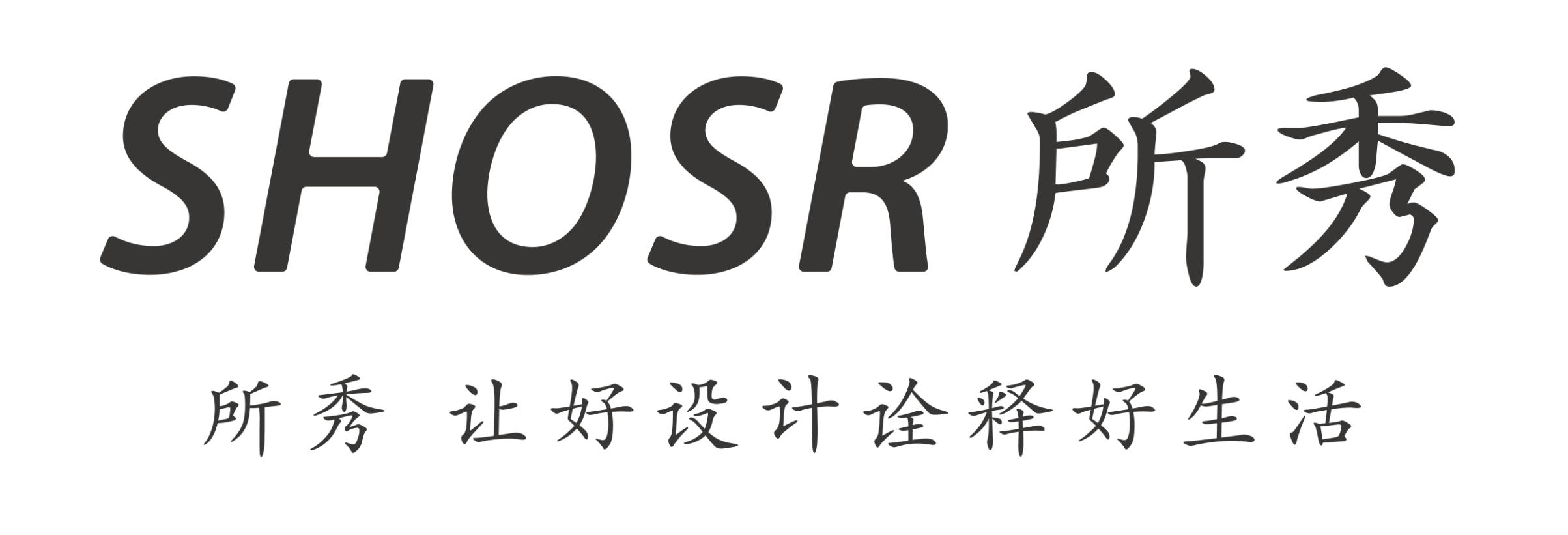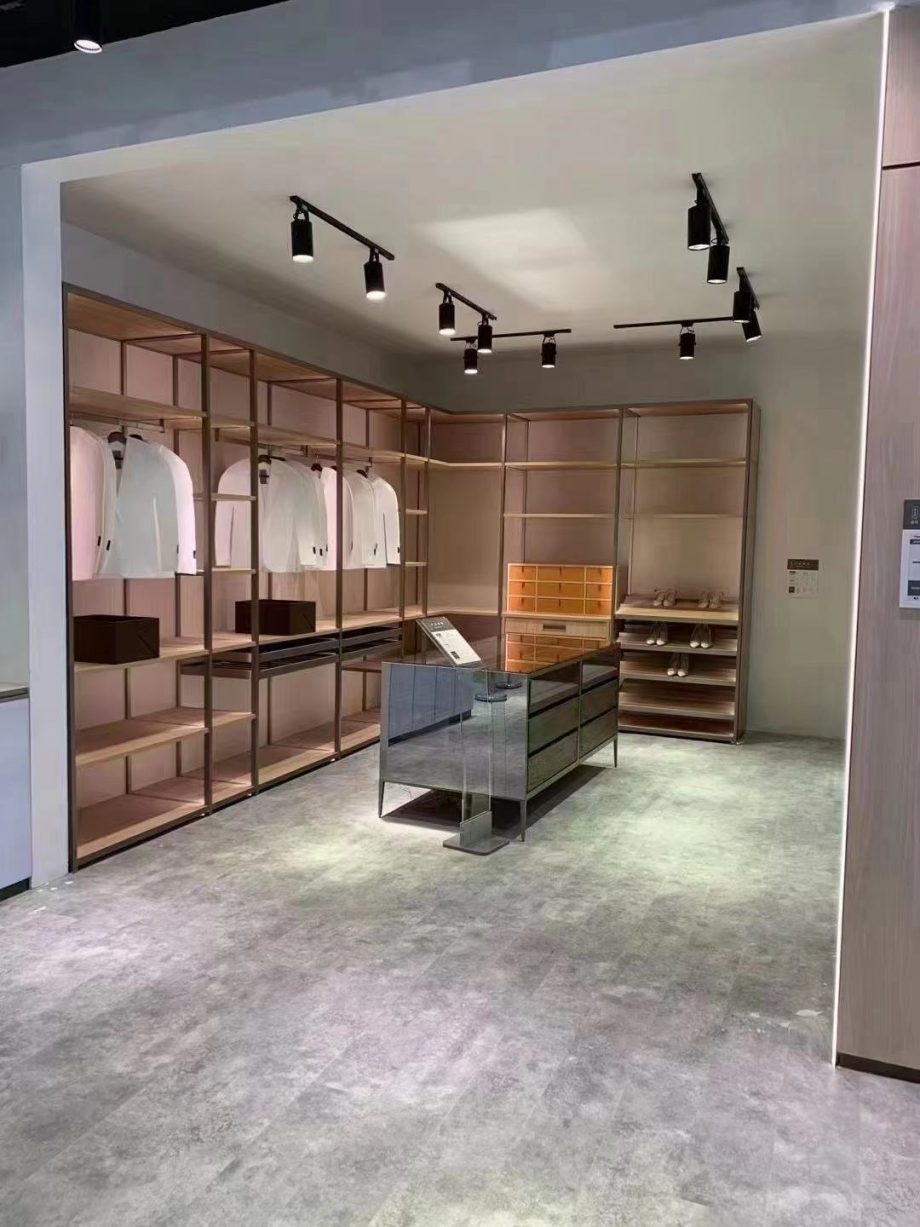1. Why customized products can not return them?
There are the main reasons as follows.first of all,article 25 of the Consumer Rights Protection Law clearly introduces that Why customized products can’t return them?

Uniquenes
Firstly, custom-made products (such as engraved jewelry, furniture made to specific dimensions) have personal exclusive attributes, making secondary sales extremely difficult.
High production cost
Flexible production lines or manual customization require separate investment in materials and labor. Returns will cause losses to merchants.
Legal basis
According to Article 25 of the “Consumer Rights and Interests Protection Law”, made-to-order goods are not subject to the “7-day no-reason return” policy (but ordinary goods can be returned).
2.Why do people prefer customized products?

The core lies in giving users the choice and a sense of control.The core lies in giving users the choice and a sense of control.
1. Modular design: Lowering the threshold for customization
Principle: Disassemble the product into freely combinable modules, allowing users to choose through a “building blocks” approach, avoiding the complexity of designing from scratch.
2. Data-driven personalization: Precisely matching needs
Principle: Utilize questionnaires, AI algorithms, or user behavior data to recommend the most suitable customization options.
3. Emotional customization: Strengthening personal symbols
Principle: Implant user-specific elements such as names, photos, or significant dates into the product, endowing it with emotional value. In my view, what often captures people’s hearts is not the price, but the personal reflection of emotions in the product.
4. Function adaptation: Solving practical problems
Principle: Adjust product functions or structures based on users’ special needs. A suitable product is better than a million unsuitable ones.
5. Participatory co-creation: Users become “designers”
Users take the lead, with some design authority opened up, allowing them to directly participate in the creation process.
By participating in the design and production, they can truly feel the connection between the product and themselves.
6. Technology empowerment: Making customization more convenient
With the increasing advancement of technology,it can effectively avoid issues like size incompatibility or unsatisfactory effects before purchasing the product. This is even more beneficial for the physical economy.
Key Success Factors
Balancing Choice and Efficiency: Offer sufficient options without overwhelming users.
Transparent Processes: Clearly display customization steps, price differences, and delivery times to give users a sense of security throughout the product customization process.
Quality Assurance: Personalization does not mean compromising on quality control. Ensure that customized products are of the same quality as standard products (e.g., luxury items with engravings still retain warranties).
User Psychological Insights
Sense of Control: Customization makes users feel that “this is my decision,” enhancing satisfaction.
Scarcity: Unique products trigger the “fear of missing out” (FOMO) psychology.
In conclusion, customized products can not only meet users’ pursuit of being “different,” but also control costs and complexity through technological means, ultimately achieving a win-win situation for business and user experience.

